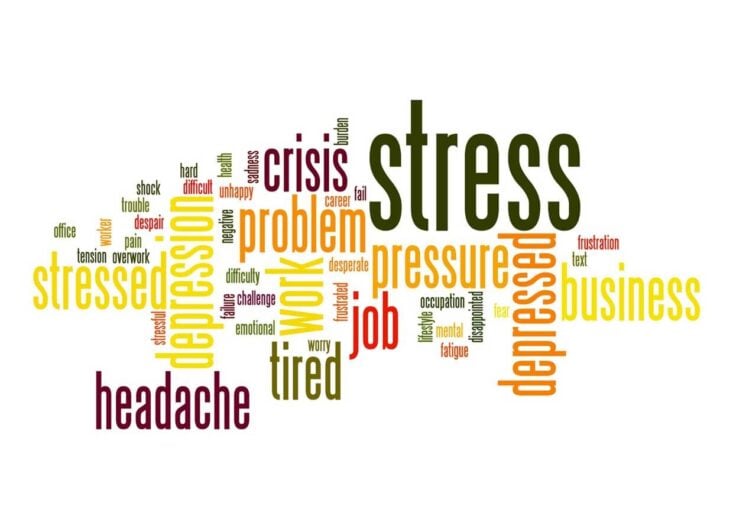As working from home continues, you may be feeling burned out or overwhelmed by your job. However, one way you can combat this problem is by taking more breaks. Although this may seem counterproductive, taking breaks will help with your overall well-being and improve your work from home experience. Keep reading for some best practices on asking for break time and how to spend your brief time away from work.
Break Time Basics
Why You Need It
Working from home has led to less separation between work and home life for individuals. This change may have affected your ability to properly balance both. Believe it or not, pausing and stepping away from work during the day is a step in the right direction towards reasserting this separation.
The research behind taking breaks actually reveals numerous benefits. Taking a break from work helps with breathing, decompressing and refocusing your efforts. When executed correctly breaks can boost focus, recharge your batteries, and make you happier. Being at home allows more flexibility in what you can do on your breaks, which might even help you accomplish non-work goals.
Think of a break as a time of productive procrastination; one where you are completing something not necessarily tied to your job, but that will help with hitting daily goals. Doing simple tasks that don’t require much brainpower makes enough of a difference that it will help you downshift, but still keep you in a work mindset.
How to Set It Up
Now that you know the benefits of taking a break, let’s chat setting time aside for one. Prior to setting up a break schedule, consider what your company’s break policy is. Checking the employee handbook or remote work policies is a good stepping stone in clearing up basic questions and learning if there is a break policy. If you still have questions, contact an HR manager to get the lay of the land.
Once you’ve gotten management’s approval to take breaks, set up a predetermined time for them. That can help ensure no one bothers you during them, especially if your team is in the midst of a project. Placing event blocks in your calendar will help prevent double booking and allow supervisors to plan their meetings accordingly. Typically, people take two 10-minute breaks a day, so try that to begin with and adjust accordingly. Learn to be flexible with your breaks as well, especially since changing up when you go on a break will help keep you on your toes.

Types of Breaks to Take
Now that you’ve established a break, what should you do during it? One of your main priorities should be to change your setting, ergo to not look at another screen. However, if you want to use this time to update your social status or pursue other things, that’s fine. But be mindful not to spend every break that way. Here are a few options to have a more positive break.
- Break project: Tackle a project that can be broken up into 10-minute increments. Consider an art project, building something for your home or your space, or doing something on your bucket list, the options are endless.
- Eat something: Now that you don’t have access to the office provided snacks, breaks are a good time to put together your own healthy snack. Whether it’s a delivery of a healthy snack or a new recipe you’re trying out, now is the perfect time to refuel your body.
- Communicate with your team: Catch up with someone from your office who you haven’t spoken to in a while. This is a chance to connect on non-work stuff such as funny anecdotes, personal problems, or general life stuff.
- Exercise: Whether it’s a walk around the block or a quick 10-minute at-home workout, exercise is a great way to wake yourself up and get yourself moving. It’s also a healthy option, especially if you are sitting all day or feeling fatigued.
- Do something you enjoy: This is similar to doing a break project, but with a crucial difference. Do something untethered to work that brings you happiness and satisfaction. Read part of a book, work on a puzzle, or remove clutter from your home or office. You could even switch a load of laundry or empty the dishwasher, just make sure it’s something you enjoy doing.
As the work from home life continues, you need to combat job burnout and exhaustion. By executing any of the tips mentioned above, you can implement work breaks into your daily schedule to improve productivity. Whatever you do, just step away from work to recharge your batteries.















